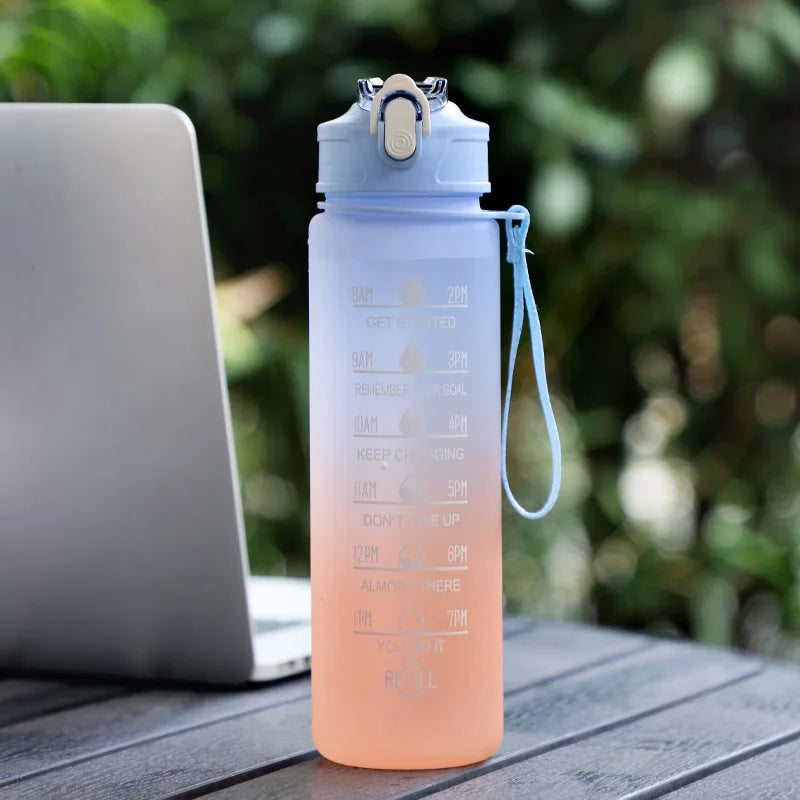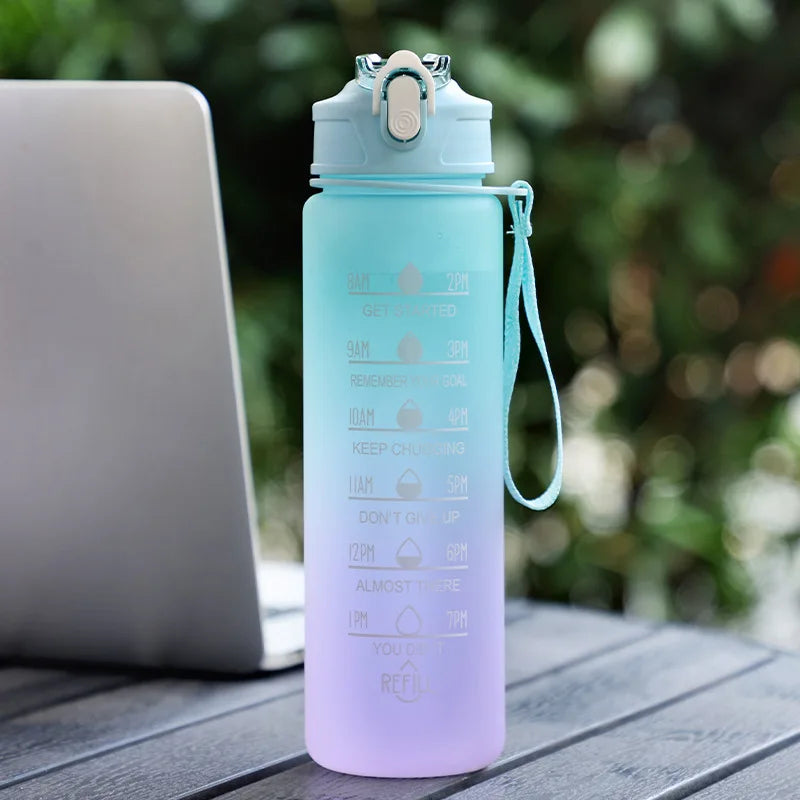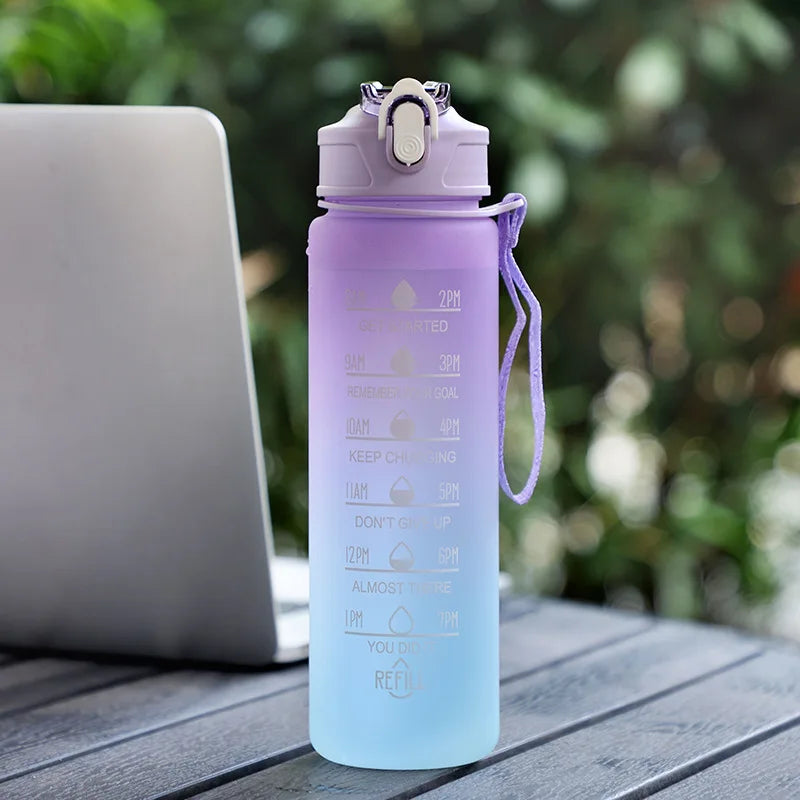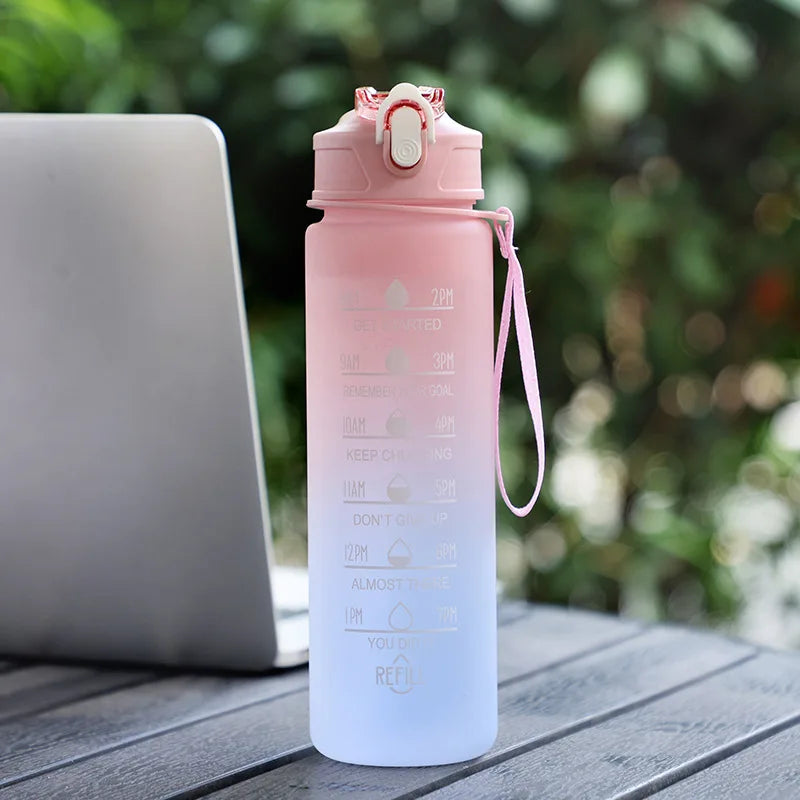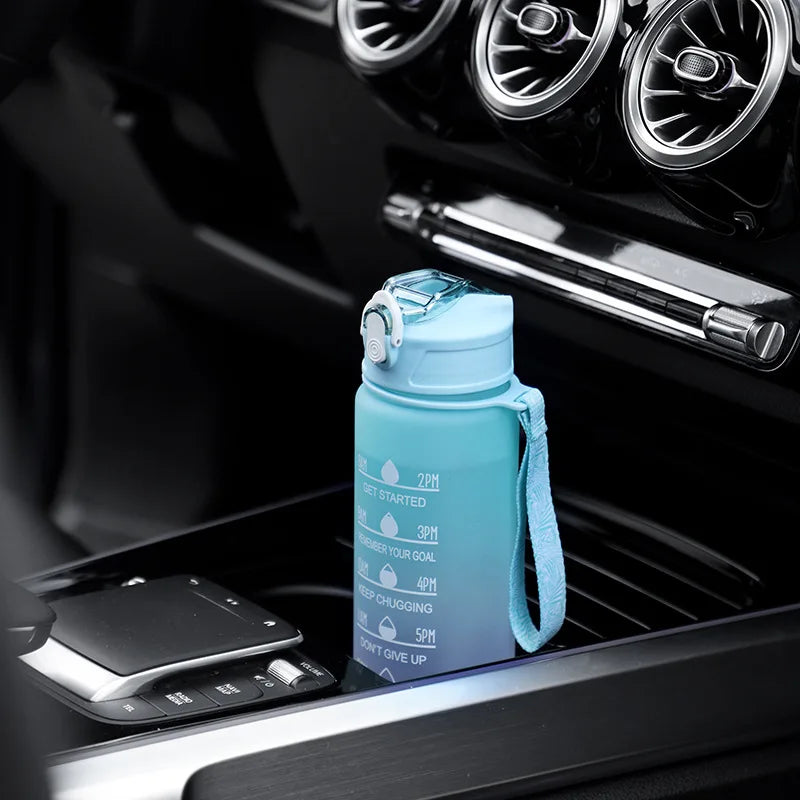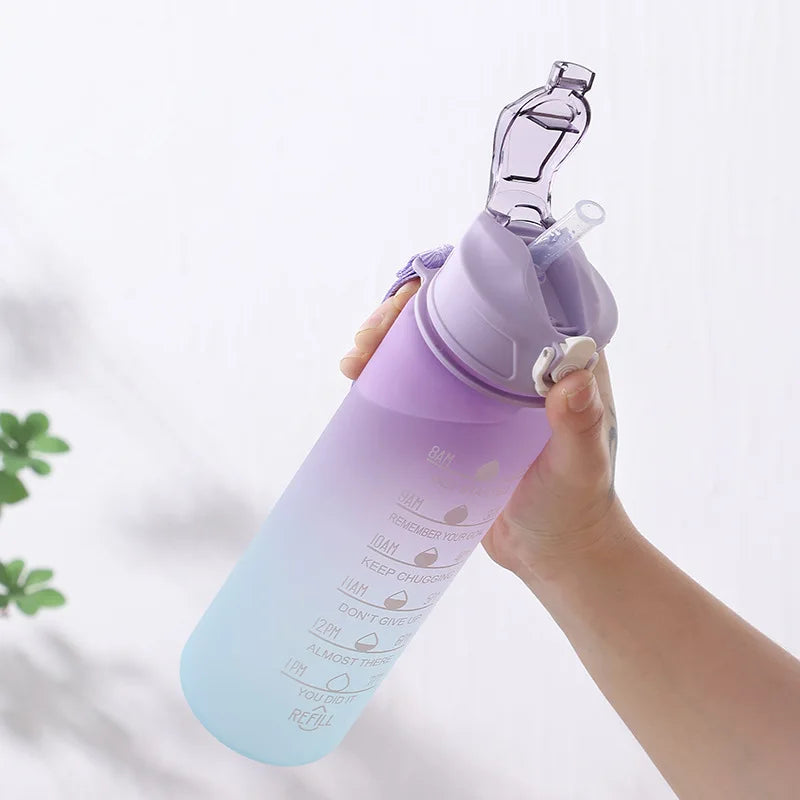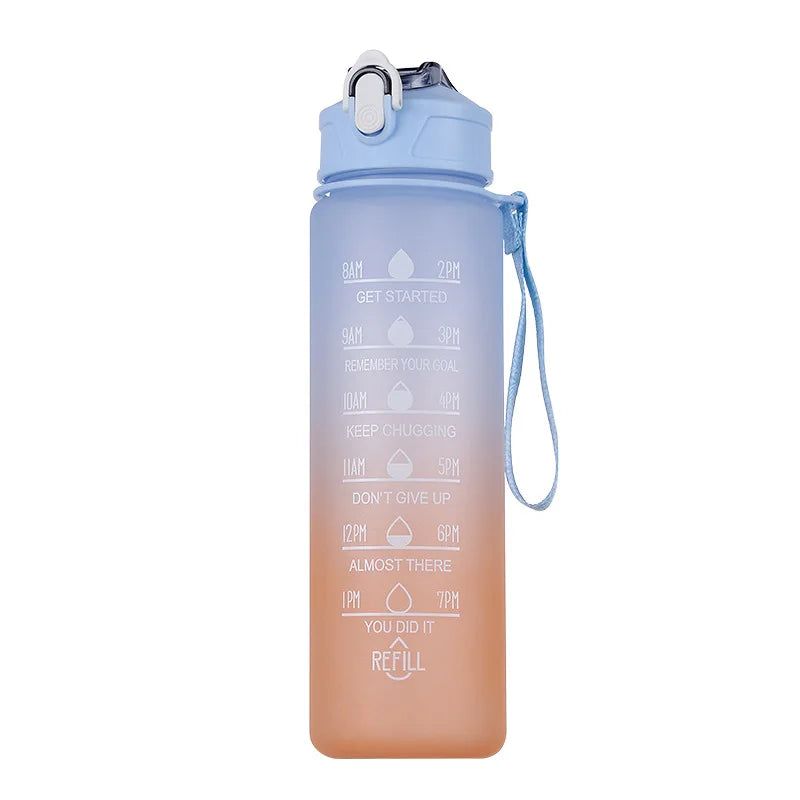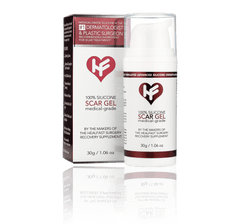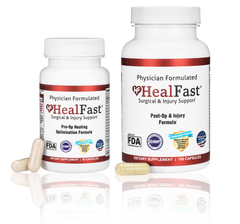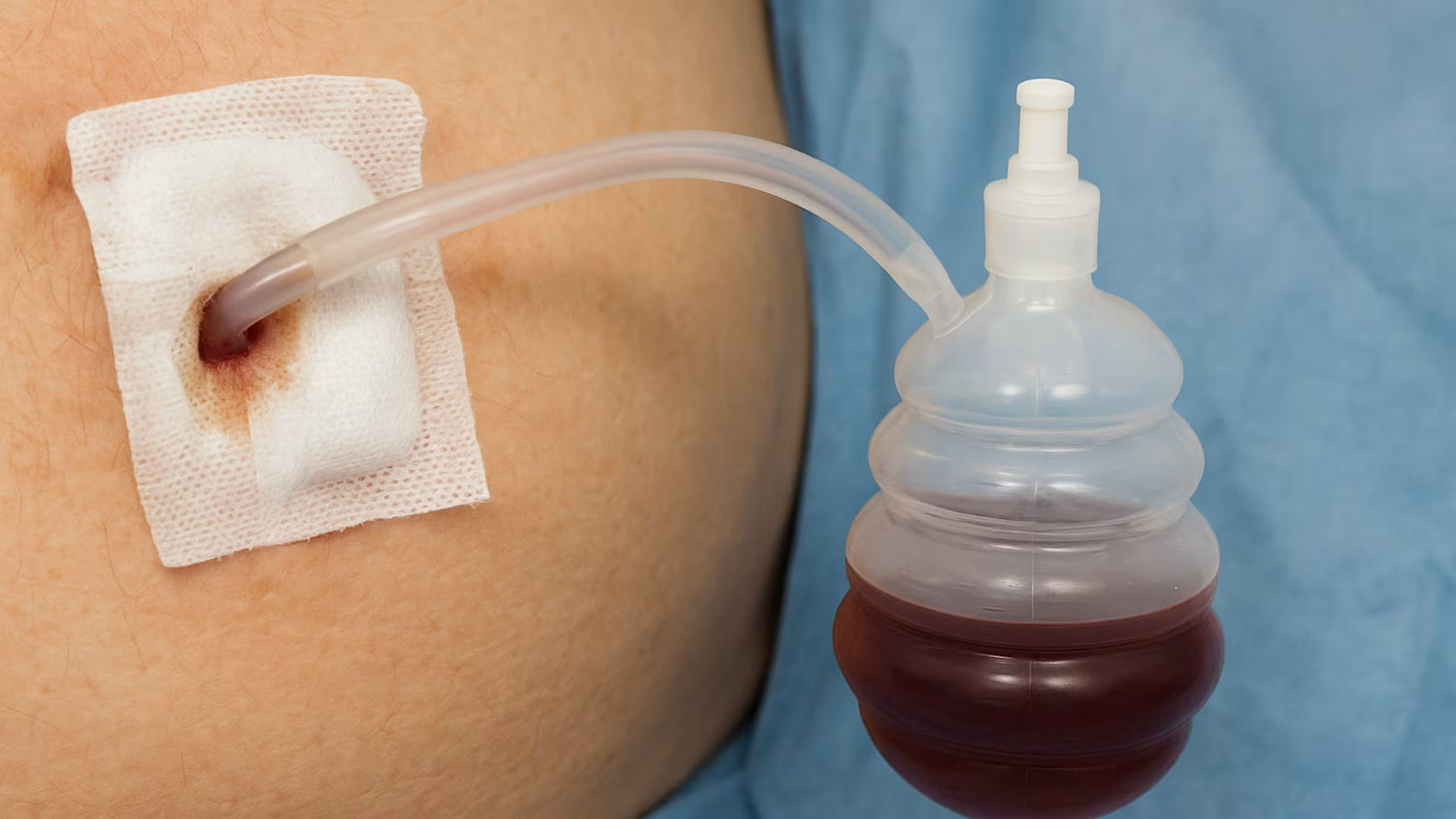
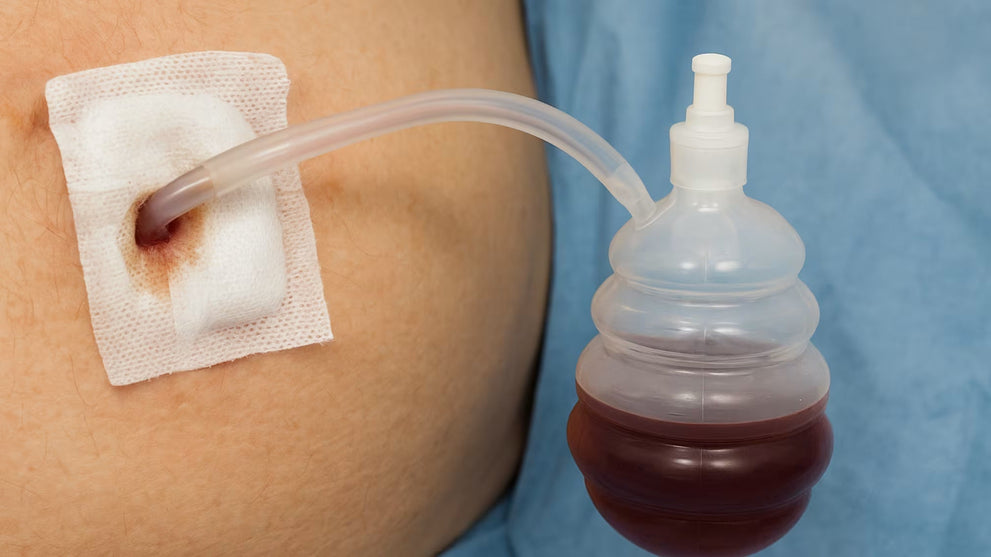
How to Care for Drains After Surgery?

Recovering from surgery is a delicate process, and in many cases, your surgeon may place drains after surgery to prevent complications and support healing. While the idea of having a drain tube might seem intimidating at first, these small devices play a significant role in reducing fluid buildup, lowering the risk of infection, and facilitating smooth healing.
In this guide, we’ll explore the types of drains in surgery, why they’re used, how to care for them, and what to expect during your recovery. We’ll also address common questions, such as “Why are there no drains after breast surgery for some patients?” and “Why are surgical drains needed after a tummy tuck?”
What Are Surgical Drains and Why Are They Used?
After surgery, the body often produces extra fluid (blood, lymphatic fluid, or pus) around the surgical site. If this fluid isn’t drained, it can collect under the skin, causing swelling, discomfort, or even infection.
A drain tube is a soft, flexible device placed by the surgeon to safely remove this fluid. By preventing buildup, drains reduce pressure, minimize bruising, and promote faster healing.

Drains are especially common in procedures like:
- Tummy tuck (abdominoplasty)
- Breast surgery (augmentation, reduction, mastectomy, reconstruction)
- Facelift or body contouring surgeries
- Orthopedic or trauma surgeries
Check Out the Guide: Why Sitting After a BBL Surgery Is So Risky, And How to Avoid It?
Types of Drains in Surgery
Not all surgical drains are the same, and the type used depends on your procedure as well as how much fluid is expected to collect.
A. Jackson-Pratt (JP) Drain: This is one of the most common drains used after cosmetic and reconstructive procedures. It consists of a soft bulb attached to a thin tube that uses gentle suction to draw out excess fluid. JP drains are frequently placed in tummy tucks, breast surgeries, and other reconstructive operations.
Get Insights on: How Bromelain Helps Reduce Swelling and Soreness After Liposuction or Tummy Tuck?
B. Hemovac Drain: Slightly larger than the JP drain, the Hemovac is also a suction device but has a higher capacity to handle more fluid output. It is commonly used in orthopedic surgeries, such as joint replacements, where more drainage is expected.
C. Penrose Drain: The Penrose is a soft, flat tube that works by gravity and capillary action to allow fluid to passively drain out of the surgical site. These are usually used in smaller wounds, abscess drainage, or cases where only minimal drainage is required.
D. Closed-Suction Drains: This category includes both JP and Hemovac drains, as they collect fluid in a sealed bulb or reservoir. Because the system is closed, it reduces the risk of infection while still allowing effective drainage of surgical fluids.
How to Care for Drains After Surgery
Proper drain care is essential to avoid infection and ensure smooth recovery. Here’s what you need to know:
1. Keep the Site Clean and Dry
Always wash your hands thoroughly before touching the drain or dressing. Follow your surgeon’s instructions for cleaning the insertion site, which usually involves mild soap and water or antiseptic wipes. It’s important to keep the dressing dry and change it daily, or as often as your surgeon recommends, to lower the risk of infection.
2. Empty the Drain Bulb Regularly
The drain bulb should be emptied at least two to three times per day, or whenever it becomes half full (2). Each time you empty it, measure and record the amount of fluid in the log provided by your healthcare team, as this helps them track your healing progress. Don’t forget to compress the bulb again after emptying to restore suction and allow it to function properly.
3. Monitor the Fluid
In the first few days, drainage fluid is usually bloody, but it gradually changes to pink and then pale yellow as healing progresses. However, if the fluid becomes cloudy, foul-smelling, or suddenly increases in volume, it may indicate a problem. In such cases, contact your doctor immediately.
4. Secure the Drain Properly
To prevent the tube from pulling or getting dislodged, keep it secured to your clothing using a surgical drain belt, clip, or safety pin. Avoid letting it hang loosely, as this not only causes discomfort but also increases the risk of accidental tugging or removal.
5. Showering with Drains
Most surgeons allow patients to shower after a certain period, but soaking in baths, hot tubs, or pools should be strictly avoided. When you do shower, secure your drains with waterproof covers or tape to keep them in place and prevent any pulling or water exposure at the insertion site.
6. Prevent Infection
Be alert for warning signs such as redness, warmth, swelling, pus, or fever, as these can indicate an infection. If you notice any of these symptoms, report them to your surgeon right away for prompt treatment.
How Long Do You Keep Drains After Surgery?
The amount of time you’ll need to keep surgical drains in place can vary widely depending on the type of surgery, your body’s healing process, and the amount of fluid your wound produces. For some patients, drains may only be required for a day, while for others they may need to remain in place for several weeks, sometimes up to five (1).
As your body heals, the amount of fluid should gradually decrease. Your surgeon will track this by monitoring your drain output, and removal is typically considered once the drainage becomes minimal and steady.
Essential Nutrients and Supplements for Healing After Surgery
Caring for drains is just one part of your recovery journey. To truly recover after surgery, your body also needs the right nutrition to support internal repair, reduce inflammation, and restore energy levels. A well-balanced post-surgery diet, combined with targeted supplements, can make a big difference in how quickly and smoothly you recover.
Protein is one of the most essential nutrients during this time. It helps rebuild tissues, repair muscles, and promote the formation of healthy collagen around the surgical site. If it’s difficult to get enough protein from meals, HealFast’s tissue repair supplement can provide the extra support your body needs for faster recovery.
Beyond protein, several key vitamins and minerals play a vital role in post-surgery healing. Vitamin C strengthens the immune system and supports collagen production, while zinc is crucial for closing wounds and preventing infection. B vitamins help your cells produce energy, reduce fatigue, and support nerve function. In addition, natural compounds like bromelain and arnica can help minimize swelling, bruising, and discomfort after surgery.
Our Post-Surgery Recovery Supplements are designed to nourish your body from the inside out.
Learn What to Eat Before and After Surgery for Faster Recovery?
Frequently Asked Questions:
Q 1. Why No Drains After Breast Surgery for Some Patients?
In certain breast surgeries, such as augmentation or mastectomy, surgeons may choose not to use drains. This is possible because advanced techniques like quilting sutures or tissue sealants can minimize fluid buildup.
Not having drains often makes recovery more comfortable and faster, but the decision depends on the type of surgery, the surgeon’s approach, and individual healing factors. It’s always best to discuss this with your surgeon before your procedure.
Q 2. Why are surgical drains needed after a tummy tuck?
During a tummy tuck, the skin and tissue are lifted and repositioned, which creates space where fluid can easily build up. Surgery drains are used to prevent this fluid and blood from collecting under the skin. Without drains, the buildup could cause swelling, pressure on the incision, or even delay healing. By allowing the fluid to exit the body, drains support a smoother, safer recovery.
Q 3. How do I choose the right supplements for surgery recovery?
Since every surgery and recovery journey is unique, the right supplements should match your body’s healing needs. Take HealFast’s quick quiz, which recommends the most suitable post-surgery supplements for your recovery.
References:
1. Cleveland Clinic. (2025, February 15). Surgical drain: Types, care, complications, removal & healing. Cleveland Clinic. https://my.clevelandclinic.org/health/drugs/15199-surgical-drains
2. Lahey Hospital & Medical Center. (2019, March). Caring for your surgical drains. Lahey Health. https://www.lahey.org/news-stories/all-news-stories/stories/2019/03/caring-for-your-surgical-drains

- One of the most followed doctors online with 3.5+ million followers and 1 billion+ views in 2024 (Instagram, YouTube, TikTok, and Facebook)
- Board Certified Anesthesiologist and Clinical Assistant Professor who frequently teaches medical students, residents, and other physicians in medical school and hospital settings.
- Speaker and medical researcher having published 1 book, 3 book chapters, and over 57 scientific articles. Made over 100 presentations at national and international medical conferences on topics ranging from healthcare innovation, to nutrition, to patient safety.
- Serial entrepreneur having launched several healthcare companies with a track record of innovation within healthcare systems

Myro Figura, M.D.
- One of the most followed doctors online with 3.5+ million followers and 1 billion+ views in 2024 (Instagram, YouTube, TikTok, and Facebook)
- Board Certified Anesthesiologist and Clinical Assistant Professor who frequently teaches medical students, residents, and other physicians in medical school and hospital settings.
- Speaker and medical researcher having published 1 book, 3 book chapters, and over 57 scientific articles. Made over 100 presentations at national and international medical conferences on topics ranging from healthcare innovation, to nutrition, to patient safety.
- Serial entrepreneur having launched several healthcare companies with a track record of innovation within healthcare systems
Medical-grade Silicone Scar Gel "Semi-Solid Sheeting"
MEDICAL GRADE SILICONE SCAR GEL | From the Makers of the Industry-leading HealFast Surgery Recovery...
$23.99
Shop NowHealFast Surgery & Injury Recovery Formula
OPTIMIZE RECOVERY & SUPPORT HEALING from surgery, injury, and extreme sports with the most comprehensive...
$39.95
Shop Now